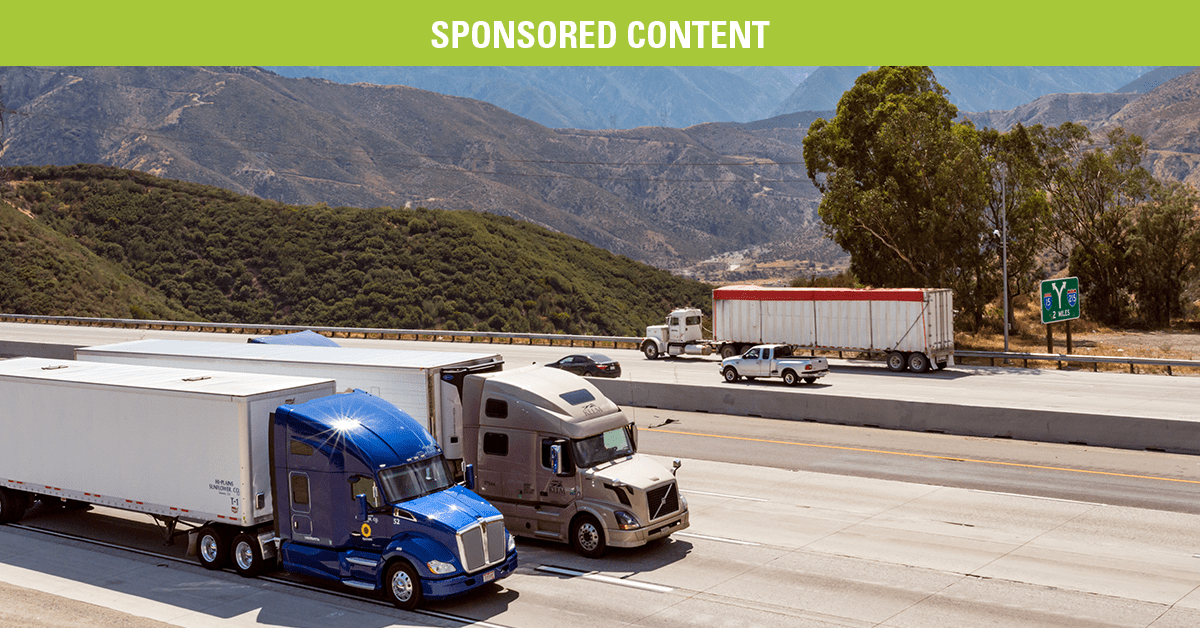By Steve Klein
Sponsored by: Renewable Energy Group

With so many fuel options available these days, it can be hard to know which is right for your fleet. As a fleet owner or manager, you’re undoubtedly keeping emissions, performance, and ease of use in mind when deciding. Those factors are exactly why biodiesel is a solid choice.
Emissions
Biodiesel is great at reducing harmful emissions, including particulate matter, carbon monoxide, and total hydrocarbons.
Here’s a breakdown of greenhouse gas emissions of other fuel options compared with 100% biodiesel produced by Renewable Energy Group (Based on REG biodiesel produced from used cooking oil and based on the CA-GREET model):
• 580% higher with petroleum diesel
• 435% higher with compressed natural gas
• 550% higher with an electric vehicle with coal-derived electricity
• 195% higher with an electric vehicle with natural gas-derived electricity
Biodiesel is great at reducing harmful emissions, including particulate matter, carbon monoxide, and total hydrocarbons.
An important thing to keep in mind with emissions is that they matter to your customers too. Clean air regulations are gaining traction across the country, but, in the meantime, some companies are implementing their own. If you show customers how you can help them meet those emission standards, they may be more inclined to choose you.
That’s one reason why Ruan Transportation chooses biodiesel.
“We are very customer-focused, and a lot of our customers have sustainability goals; we want to support them by being a cleaner supplier,” says Steve Larsen, Director of Procurement and Fuel for Ruan.
Performance
We’ve also heard directly from diesel technicians about how well biodiesel performs. It has higher Cetane and added lubricity compared to petroleum diesel. Plus, fleets are reporting fewer issues with diesel particulate filters (DPF) because biodiesel’s cleaner burn leads to fewer particulates getting to the DPF.
G&D Integrated, a for-hire carrier in Illinois, started using a B11 blend (11% biodiesel, 89% petroleum diesel) before quickly moving up to B20. Each time they increased the percentage of biodiesel in their blend, they rigorously tested the fuel.
“What we observed was absolutely zero degradation in performance,” says Vince Buonassi, G&D’s Group Manager of Transportation Programs.
Ease of Use
As mentioned above, there are plenty of fuel choices on the market today. But to run on electric or natural gas, you need to modify your vehicle or get a completely new one and update your fueling infrastructure.
With biodiesel, everything is simpler. Diesel vehicles can run on blends up to B20 with no vehicle or infrastructure modifications. And biodiesel is not hard to find. Many travel centers and trucks stops already offer biodiesel blends—it’s possible your fleet has filled up with a biodiesel blend and doesn’t even know it.
With biodiesel, you could reduce emissions, maintain strong performance, and keep things simple all at once.
“Biodiesel is very easy to use. It’s a drop-in fuel. You don’t have to have special infrastructure,” Patti Earley, NAFA Fleet Management Association President and Fleet Fueling Operations Supervisor at Florida Power & Light, said at a conference earlier this year.
So, as you consider which fuel is best for your fleet, keep biodiesel in mind. You could reduce emissions, maintain strong performance, and keep things simple all at once.
—
About the Author:
Steve Klein is a Senior Marketing Manager for Renewable Energy Group, America’s number one biodiesel producer and an innovator in the clean fuels industry.
To learn more about REG and to take advantage of biodiesel, visit regi.com or contact Steve at Steve.Klein@regi.com.


